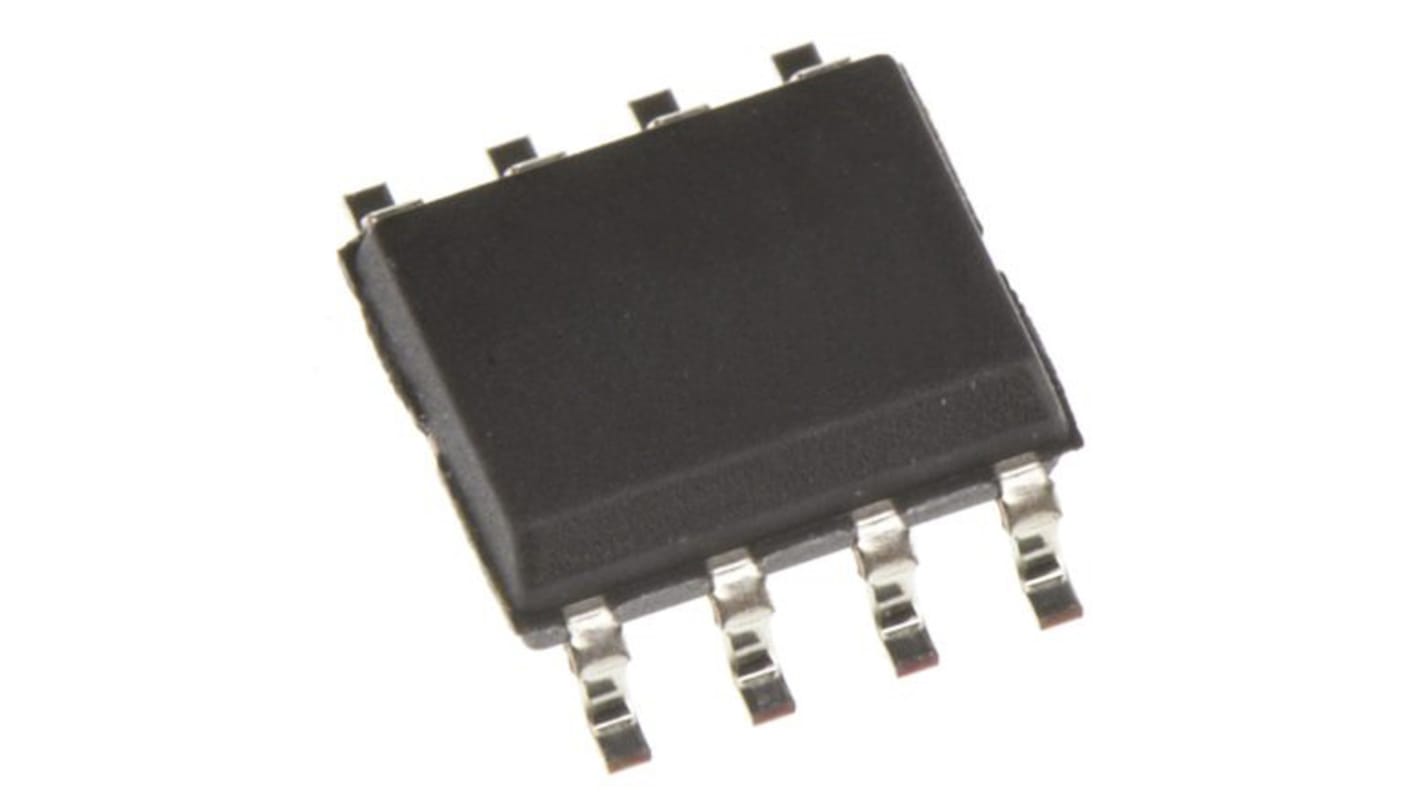STMicroelectronics, 32 bit ARM Cortex M0+, STM32G041J6 Microcontroller, 64 MHz, 32kB FLASH, 8-Pin SOIC
- RS Stock No.:
- 194-7645P
- Mfr. Part No.:
- STM32G041J6M6
- Brand:
- STMicroelectronics

Subtotal 1 unit (supplied in a tube)*
£1.15
(exc. VAT)
£1.38
(inc. VAT)
FREE delivery for orders over £50.00
In Stock
- Plus 1,860 unit(s) shipping from 22 December 2025
Need more? Click ‘Check delivery dates’ to find extra stock and lead times.
Units | Per unit |
|---|---|
| 1 + | £1.15 |
*price indicative
- RS Stock No.:
- 194-7645P
- Mfr. Part No.:
- STM32G041J6M6
- Brand:
- STMicroelectronics
Specifications
Technical Reference
Legislation and Compliance
Product Details
Find similar products by selecting one or more attributes.
Select all | Attribute | Value |
|---|---|---|
| Brand | STMicroelectronics | |
| Series | STM32G041J6 | |
| Product Type | Microcontroller | |
| Package Type | SOIC | |
| Mount Type | Surface | |
| Pin Count | 8 | |
| Device Core | ARM Cortex M0+ | |
| Data Bus Width | 32bit | |
| Program Memory Size | 32kB | |
| Maximum Clock Frequency | 64MHz | |
| RAM Size | 8kB | |
| Maximum Supply Voltage | 3.6V | |
| Minimum Operating Temperature | -40°C | |
| Maximum Operating Temperature | 85°C | |
| Length | 5mm | |
| Height | 1.5mm | |
| Width | 4 mm | |
| Standards/Approvals | FBI | |
| Minimum Supply Voltage | 1.7V | |
| ADCs | 8 x 12 Bit | |
| Automotive Standard | No | |
| Program Memory Type | FLASH | |
| Instruction Set Architecture | RISC | |
| Select all | ||
|---|---|---|
Brand STMicroelectronics | ||
Series STM32G041J6 | ||
Product Type Microcontroller | ||
Package Type SOIC | ||
Mount Type Surface | ||
Pin Count 8 | ||
Device Core ARM Cortex M0+ | ||
Data Bus Width 32bit | ||
Program Memory Size 32kB | ||
Maximum Clock Frequency 64MHz | ||
RAM Size 8kB | ||
Maximum Supply Voltage 3.6V | ||
Minimum Operating Temperature -40°C | ||
Maximum Operating Temperature 85°C | ||
Length 5mm | ||
Height 1.5mm | ||
Width 4 mm | ||
Standards/Approvals FBI | ||
Minimum Supply Voltage 1.7V | ||
ADCs 8 x 12 Bit | ||
Automotive Standard No | ||
Program Memory Type FLASH | ||
Instruction Set Architecture RISC | ||
Memory protection unit (MPU), high-speed embedded memories (up to 64 Kbytes of Flash program memory and 8 Kbytes of SRAM), DMA and an extensive range of system functions, enhanced I/Os and peripherals. The devices offer standard communication interfaces (two I2Cs, two SPIs / one I2S, and two USARTs), one 12-bit ADC (2.5 MSps) with up to 19 channels, an internal voltage reference buffer, a low-power RTC, an advanced control PWM timer running at up to double the CPU frequency, four general-purpose 16-bit timers, a 32-bit general-purpose timer, two low-power 16-bit timers, two watchdog timers, and a SysTick timer. The devices embed AES hardware accelerator and true random number generator (RNG). They can operate with supply voltages from 1.7 V to 3.6 V. Optimized dynamic consumption combined with a comprehensive set of power-saving modes, low-power timers and low-power UART, allows the design of low-power applications. VBAT direct battery input allows keeping RTC and backup registers powered.
